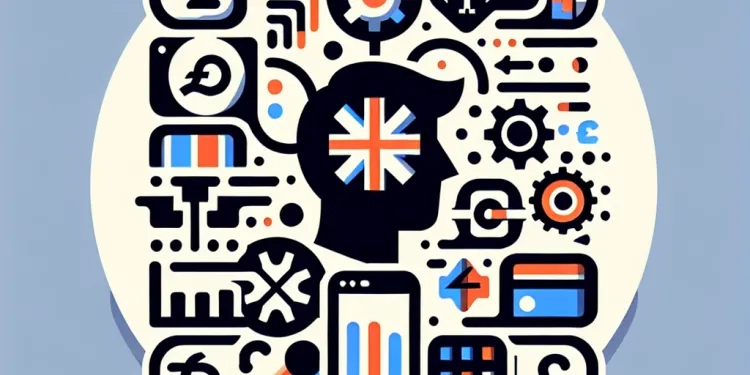
Find Help
More Items From Ergsy search
-
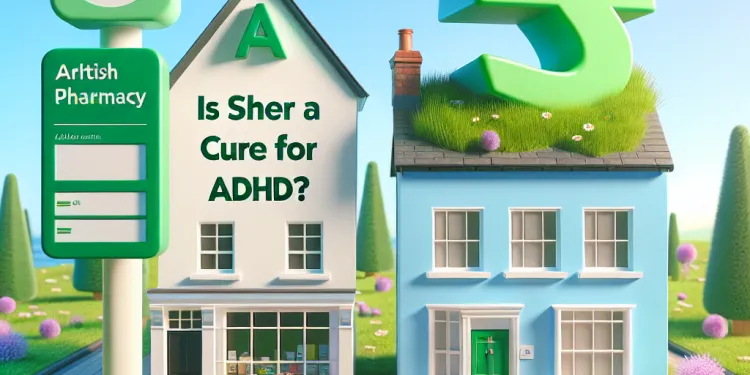
Is there a cure for ADHD?
Relevance: 100%
-

What is ADHD?
Relevance: 100%
-
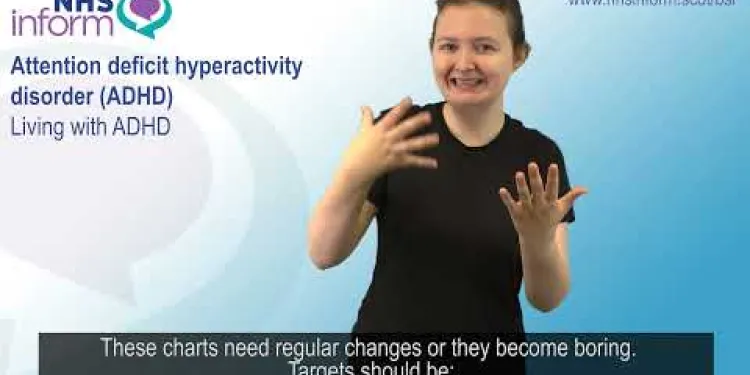
Attention deficit hyperactivity disorder (ADHD) - Living with ADHD
Relevance: 97%
-

Can ADHD be inherited?
Relevance: 95%
-

What causes ADHD?
Relevance: 95%
-

Are there different types of ADHD?
Relevance: 95%
-

How is ADHD diagnosed?
Relevance: 93%
-
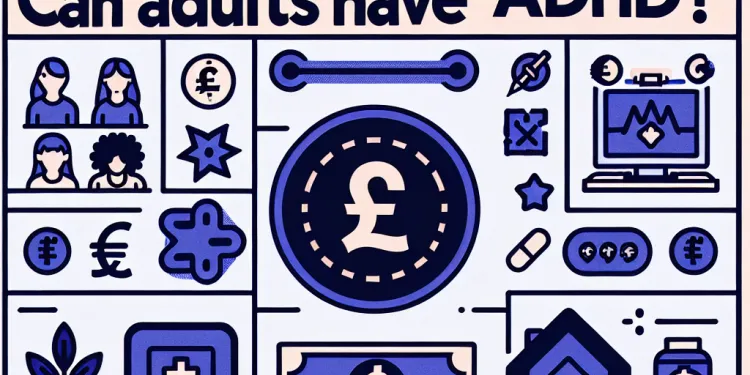
Can adults have ADHD?
Relevance: 91%
-

What are common treatments for ADHD?
Relevance: 91%
-

What are the main symptoms of ADHD?
Relevance: 90%
-

Is ADHD more common in boys or girls?
Relevance: 88%
-

Are there any risks associated with untreated ADHD?
Relevance: 88%
-
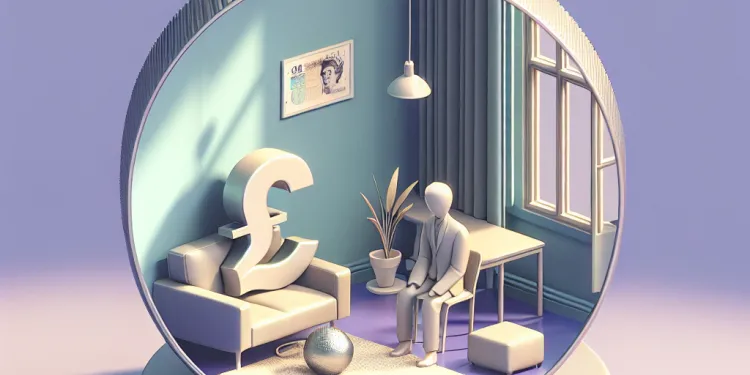
Can therapy help individuals with ADHD?
Relevance: 87%
-
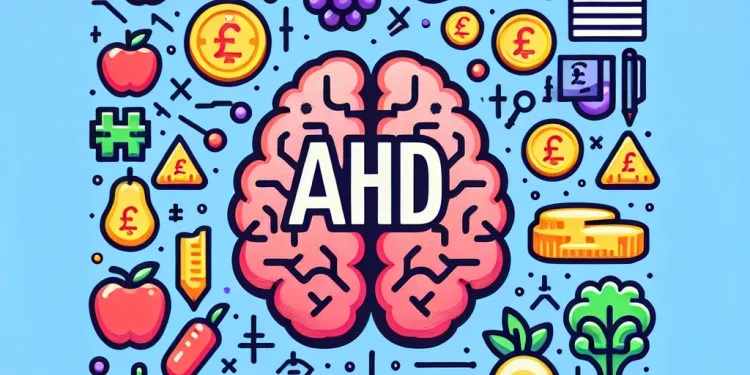
Can diet affect ADHD symptoms?
Relevance: 87%
-
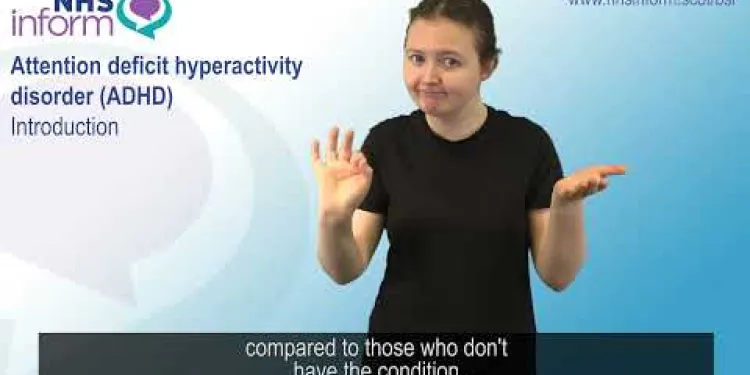
Attention deficit hyperactivity disorder (ADHD) - Introduction
Relevance: 86%
-
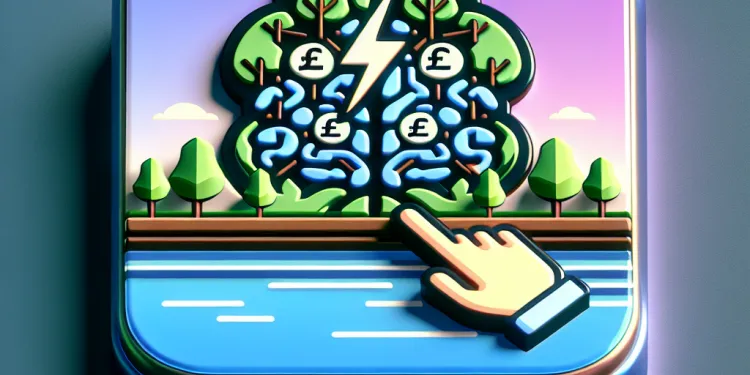
What role does the environment play in ADHD?
Relevance: 86%
-
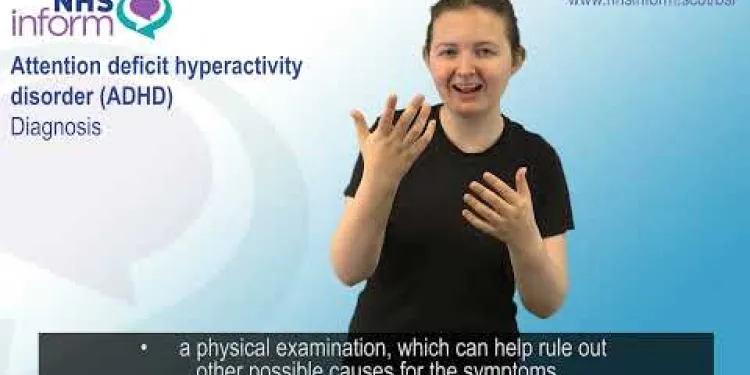
Attention deficit hyperactivity disorder (ADHD) - Diagnosis
Relevance: 85%
-

Can lifestyle changes help manage ADHD?
Relevance: 85%
-
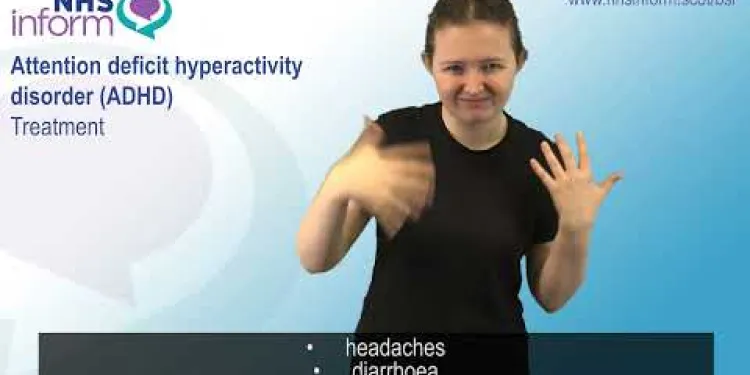
Attention deficit hyperactivity disorder (ADHD) - Treatment
Relevance: 85%
-
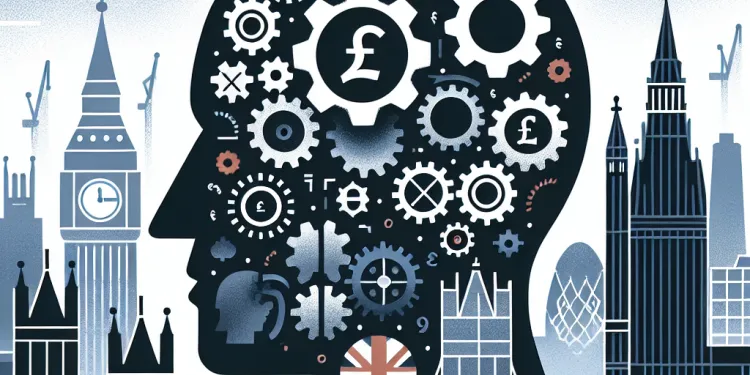
How does ADHD affect executive function?
Relevance: 85%
-

How can teachers support students with ADHD?
Relevance: 82%
-

What is ADHD?
Relevance: 74%
-

Can ADHD affect academic performance?
Relevance: 63%
-

What are some common types of SEND?
Relevance: 35%
-
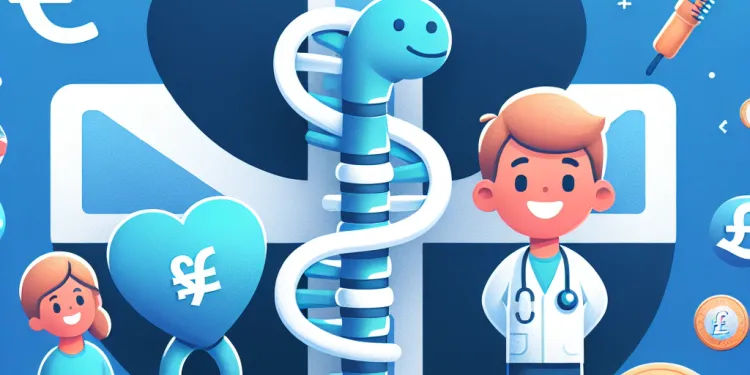
Can children benefit from chiropractic care?
Relevance: 25%
-
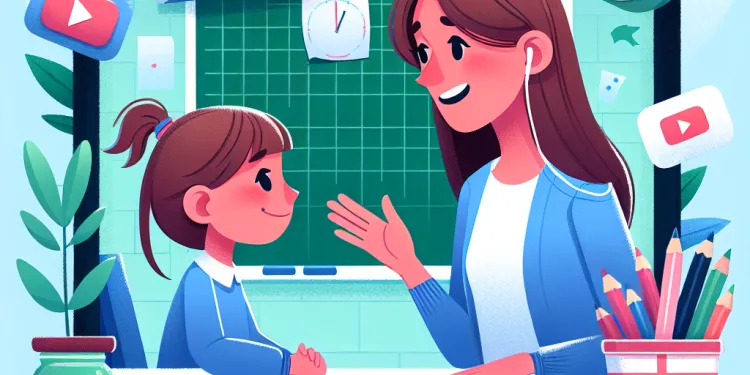
Understanding Mental Health in Children
Relevance: 23%
-
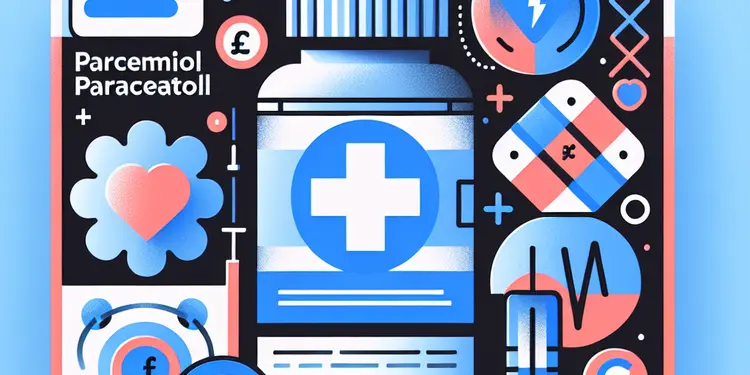
Why is there concern about paracetamol and autism?
Relevance: 22%
-
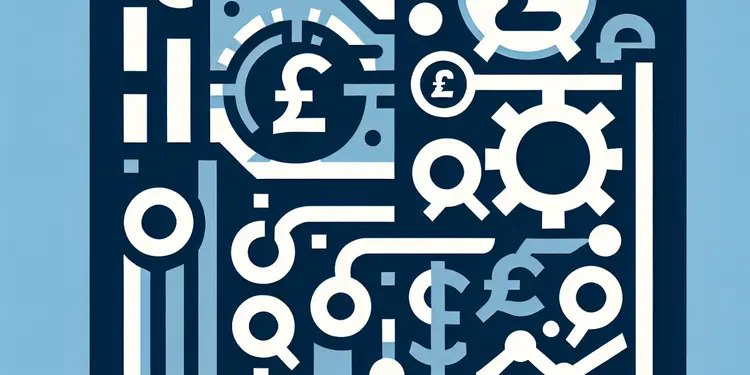
Has paracetamol been linked to other developmental issues besides autism?
Relevance: 21%
-
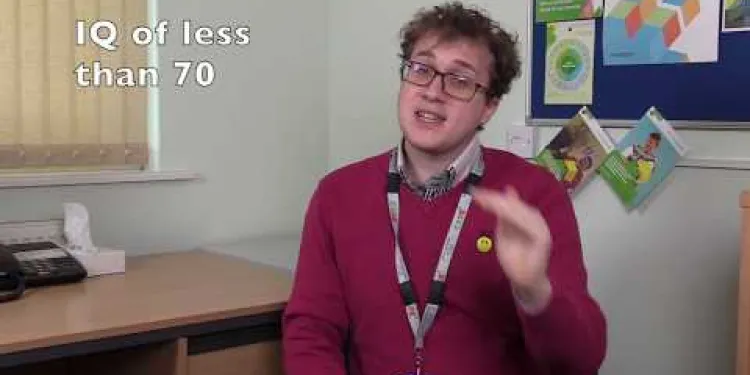
What is a learning disability?
Relevance: 18%
-

What are SEND children?
Relevance: 18%
-

What is the autism spectrum?
Relevance: 15%
-
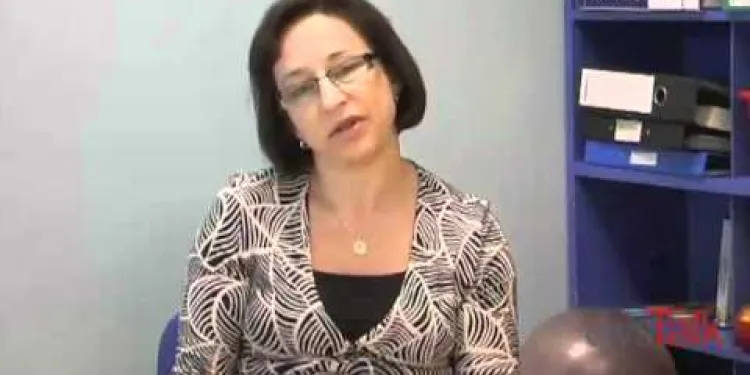
Dyspraxia Symptoms & Signs
Relevance: 14%
-
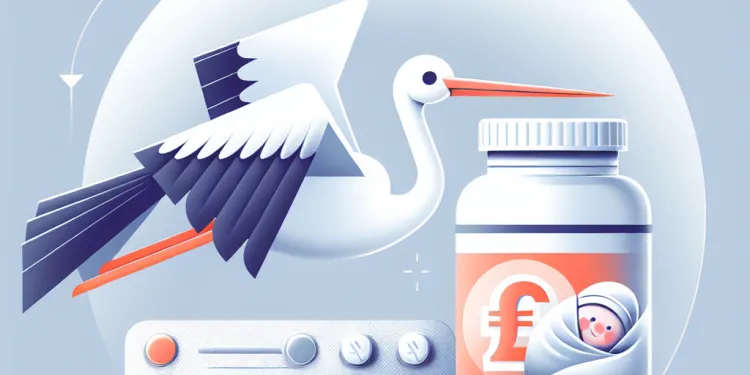
Can Paracetamol be used in pregnant women?
Relevance: 13%
-

What are some common misconceptions about SEND?
Relevance: 13%
-

What should pregnant individuals consider when taking paracetamol?
Relevance: 13%
-
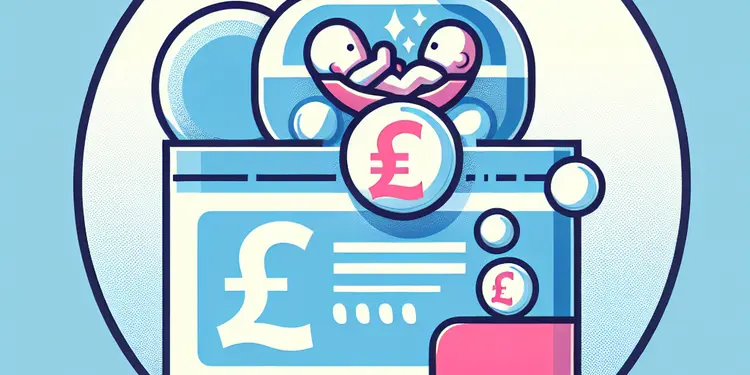
Have there been any recent changes in guidelines regarding paracetamol use and pregnancy?
Relevance: 13%
-

What are the potential benefits of CBD?
Relevance: 12%
-

Who should avoid using caffeine pouches?
Relevance: 12%
-
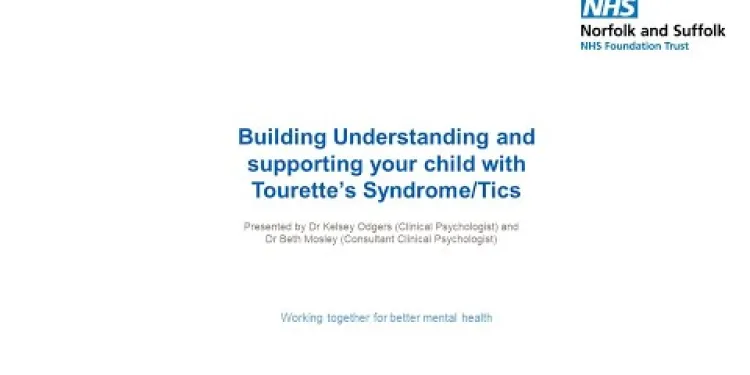
Building Understanding and Supporting Your Child with Tourette’s Syndrome/Tics
Relevance: 8%
-
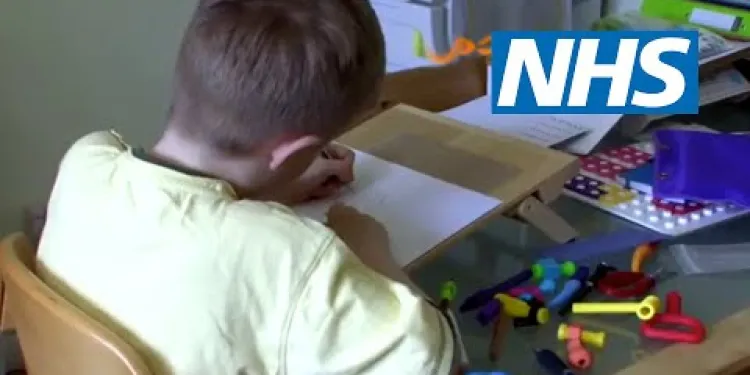
Childhood dyspraxia: James' story | NHS
Relevance: 6%
What is ADHD?
Attention Deficit Hyperactivity Disorder (ADHD) is a neurodevelopmental condition that affects both children and adults, characterized by symptoms of inattention, hyperactivity, and impulsivity. It is a common condition, with studies suggesting that around 5% of children and 2.5% of adults worldwide are affected. It is important to note that ADHD is a recognized medical condition in the UK and is not simply a result of poor parenting or lack of discipline.
Symptoms of ADHD
ADHD symptoms can be categorized into two main types: inattention and hyperactivity/impulsivity. Individuals with ADHD may exhibit signs of inattention such as difficulty sustaining attention in tasks, making careless mistakes, and being easily distracted. Hyperactivity/impulsivity symptoms include difficulty remaining seated, excessive talking, and trouble waiting their turn. Not everyone with ADHD will display all symptoms, and the severity can vary widely among individuals.
Causes of ADHD
While the exact cause of ADHD is not fully understood, it is believed to be a combination of genetic, environmental, and neurological factors. Research indicates that ADHD tends to run in families, suggesting a genetic component. Environmental factors, such as exposure to toxins during pregnancy or low birth weight, may also increase the risk of developing the condition. Brain imaging studies have shown differences in the brain structure and neurotransmitter activity in individuals with ADHD compared to those without.
Diagnosis of ADHD
ADHD is typically diagnosed in childhood, though some individuals may not be diagnosed until adulthood. The process usually involves a comprehensive assessment by a specialist, often a paediatrician, psychologist, or psychiatrist. This assessment may include interviews with the child or adult, parents, and teachers, as well as questionnaires and observation. The diagnosis is based on criteria outlined in the DSM-5 or ICD-10, depending on the professional's preference in the UK.
Treatment and Management
While there is no cure for ADHD, a combination of treatments can help manage symptoms and improve quality of life. Common treatments include behavioural therapies, psychoeducation, and medication. Medications, such as stimulants like methylphenidate, are often prescribed and can be effective in reducing symptoms for many individuals. Non-stimulant medications are also available and may be suitable for some patients. In addition to professional treatment, lifestyle adjustments such as creating structured routines and utilizing organizational tools can be beneficial.
Living with ADHD
Despite the challenges, individuals with ADHD can lead successful and fulfilling lives. With appropriate support and management strategies, many people with ADHD are able to harness their creativity, energy, and unique perspectives in positive ways. Awareness and understanding of ADHD in society are crucial in reducing stigma and providing the necessary support for those affected by the condition in the UK.
What is ADHD?
ADHD stands for Attention Deficit Hyperactivity Disorder. It is a condition that affects how people focus and behave. Both children and adults can have it. People with ADHD might find it hard to pay attention, sit still, or wait for their turn. ADHD is common. It affects about 5 out of 100 children and 2 to 3 out of 100 adults in the world. ADHD is a real medical condition in the UK. It is not because of bad parenting or lack of discipline.
Symptoms of ADHD
There are two main groups of symptoms: inattention and hyperactivity/impulsivity. Inattention means having trouble staying focused, making mistakes, and getting distracted easily. Hyperactivity/impulsivity means having trouble sitting still, talking a lot, and not wanting to wait. Not everyone with ADHD shows all these signs, and they can be different for each person.
Causes of ADHD
We do not know exactly what causes ADHD. It likely involves genes, the environment, and brain function. ADHD often runs in families, so genes might play a part. Things in the environment, like exposure to certain chemicals during pregnancy, can also be a risk. People with ADHD might have brains that are different in structure and activity compared to people without ADHD.
Diagnosis of ADHD
Doctors usually detect ADHD in children, but sometimes only see it in adults. A doctor, like a child doctor, psychologist, or psychiatrist, will do a detailed check-up. This check-up might include talking to the child or adult and their families or teachers, filling out forms, and watching how they behave. Doctors use certain guidelines to diagnose ADHD.
Treatment and Management
There is no cure for ADHD, but treatments can help manage it. Common treatments are therapy, education about ADHD, and medication. Doctors may give medicine like stimulants to help reduce symptoms. Some people might use other types of medicine. Apart from medicine, having a routine and using tools to stay organized can help a lot.
Living with ADHD
People with ADHD can live happy and successful lives. With the right help, they can use their creativity and energy in good ways. It is important for everyone to learn about ADHD to support those who have it and reduce misunderstandings about the condition.
Frequently Asked Questions
Useful Links
- Ergsy carfully checks the information in the videos we provide here.
- Videos shown by Youtube after a video has completed, have NOT been reviewed by ERGSY.
- To view, click the arrow in centre of video.
- Most of the videos you find here will have subtitles and/or closed captions available.
- You may need to turn these on, and choose your preferred language.
- Go to the video you'd like to watch.
- If closed captions (CC) are available, settings will be visible on the bottom right of the video player.
- To turn on Captions, click settings .
- To turn off Captions, click settings again.
More Items From Ergsy search
-

Is there a cure for ADHD?
Relevance: 100%
-

What is ADHD?
Relevance: 100%
-

Attention deficit hyperactivity disorder (ADHD) - Living with ADHD
Relevance: 97%
-

Can ADHD be inherited?
Relevance: 95%
-

What causes ADHD?
Relevance: 95%
-

Are there different types of ADHD?
Relevance: 95%
-

How is ADHD diagnosed?
Relevance: 93%
-

Can adults have ADHD?
Relevance: 91%
-

What are common treatments for ADHD?
Relevance: 91%
-

What are the main symptoms of ADHD?
Relevance: 90%
-

Is ADHD more common in boys or girls?
Relevance: 88%
-

Are there any risks associated with untreated ADHD?
Relevance: 88%
-

Can therapy help individuals with ADHD?
Relevance: 87%
-

Can diet affect ADHD symptoms?
Relevance: 87%
-

Attention deficit hyperactivity disorder (ADHD) - Introduction
Relevance: 86%
-

What role does the environment play in ADHD?
Relevance: 86%
-

Attention deficit hyperactivity disorder (ADHD) - Diagnosis
Relevance: 85%
-

Can lifestyle changes help manage ADHD?
Relevance: 85%
-

Attention deficit hyperactivity disorder (ADHD) - Treatment
Relevance: 85%
-

How does ADHD affect executive function?
Relevance: 85%
-

How can teachers support students with ADHD?
Relevance: 82%
-

What is ADHD?
Relevance: 74%
-

Can ADHD affect academic performance?
Relevance: 63%
-

What are some common types of SEND?
Relevance: 35%
-

Can children benefit from chiropractic care?
Relevance: 25%
-

Understanding Mental Health in Children
Relevance: 23%
-

Why is there concern about paracetamol and autism?
Relevance: 22%
-

Has paracetamol been linked to other developmental issues besides autism?
Relevance: 21%
-

What is a learning disability?
Relevance: 18%
-

What are SEND children?
Relevance: 18%
-

What is the autism spectrum?
Relevance: 15%
-

Dyspraxia Symptoms & Signs
Relevance: 14%
-

Can Paracetamol be used in pregnant women?
Relevance: 13%
-

What are some common misconceptions about SEND?
Relevance: 13%
-

What should pregnant individuals consider when taking paracetamol?
Relevance: 13%
-

Have there been any recent changes in guidelines regarding paracetamol use and pregnancy?
Relevance: 13%
-

What are the potential benefits of CBD?
Relevance: 12%
-

Who should avoid using caffeine pouches?
Relevance: 12%
-

Building Understanding and Supporting Your Child with Tourette’s Syndrome/Tics
Relevance: 8%
-

Childhood dyspraxia: James' story | NHS
Relevance: 6%